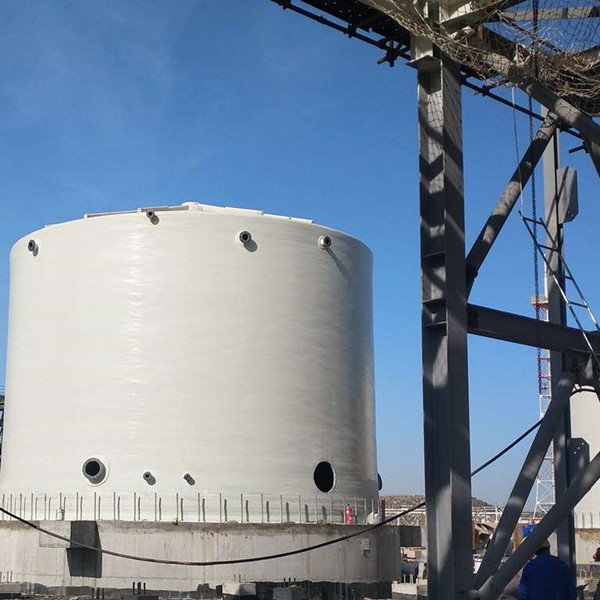
-
 Afrikaans
Afrikaans -
 Albanian
Albanian -
 Amharic
Amharic -
 Arabic
Arabic -
 Armenian
Armenian -
 Azerbaijani
Azerbaijani -
 Basque
Basque -
 Belarusian
Belarusian -
 Bengali
Bengali -
 Bosnian
Bosnian -
 Bulgarian
Bulgarian -
 Catalan
Catalan -
 Cebuano
Cebuano -
 China
China -
 China (Taiwan)
China (Taiwan) -
 Corsican
Corsican -
 Croatian
Croatian -
 Czech
Czech -
 Danish
Danish -
 Dutch
Dutch -
 English
English -
 Esperanto
Esperanto -
 Estonian
Estonian -
 Finnish
Finnish -
 French
French -
 Frisian
Frisian -
 Galician
Galician -
 Georgian
Georgian -
 German
German -
 Greek
Greek -
 Gujarati
Gujarati -
 Haitian Creole
Haitian Creole -
 hausa
hausa -
 hawaiian
hawaiian -
 Hebrew
Hebrew -
 Hindi
Hindi -
 Miao
Miao -
 Hungarian
Hungarian -
 Icelandic
Icelandic -
 igbo
igbo -
 Indonesian
Indonesian -
 irish
irish -
 Italian
Italian -
 Japanese
Japanese -
 Javanese
Javanese -
 Kannada
Kannada -
 kazakh
kazakh -
 Khmer
Khmer -
 Rwandese
Rwandese -
 Korean
Korean -
 Kurdish
Kurdish -
 Kyrgyz
Kyrgyz -
 Lao
Lao -
 Latin
Latin -
 Latvian
Latvian -
 Lithuanian
Lithuanian -
 Luxembourgish
Luxembourgish -
 Macedonian
Macedonian -
 Malgashi
Malgashi -
 Malay
Malay -
 Malayalam
Malayalam -
 Maltese
Maltese -
 Maori
Maori -
 Marathi
Marathi -
 Mongolian
Mongolian -
 Myanmar
Myanmar -
 Nepali
Nepali -
 Norwegian
Norwegian -
 Norwegian
Norwegian -
 Occitan
Occitan -
 Pashto
Pashto -
 Persian
Persian -
 Polish
Polish -
 Portuguese
Portuguese -
 Punjabi
Punjabi -
 Romanian
Romanian -
 Russian
Russian -
 Samoan
Samoan -
 Scottish Gaelic
Scottish Gaelic -
 Serbian
Serbian -
 Sesotho
Sesotho -
 Shona
Shona -
 Sindhi
Sindhi -
 Sinhala
Sinhala -
 Slovak
Slovak -
 Slovenian
Slovenian -
 Somali
Somali -
 Spanish
Spanish -
 Sundanese
Sundanese -
 Swahili
Swahili -
 Swedish
Swedish -
 Tagalog
Tagalog -
 Tajik
Tajik -
 Tamil
Tamil -
 Tatar
Tatar -
 Telugu
Telugu -
 Thai
Thai -
 Turkish
Turkish -
 Turkmen
Turkmen -
 Ukrainian
Ukrainian -
 Urdu
Urdu -
 Uighur
Uighur -
 Uzbek
Uzbek -
 Vietnamese
Vietnamese -
 Welsh
Welsh -
 Bantu
Bantu -
 Yiddish
Yiddish -
 Yoruba
Yoruba -
 Zulu
Zulu
Exploring the Benefits of FRP Cover for Enhanced Structural Protection
Understanding FRP Cover Benefits and Applications
Fiber Reinforced Polymer (FRP) cover is increasingly gaining attention in various construction and engineering fields due to its superior properties and benefits over traditional materials. This innovative solution leverages the use of fiber-reinforced polymers to provide enhanced durability, flexibility, and lightweight characteristics, making it ideal for a wide range of applications.
What is FRP?
FRP is a composite material made by combining a polymer matrix with fibers, typically made from glass, carbon, or aramid. The resulting material exhibits remarkable tensile strength and stiffness, making it an excellent option for construction and infrastructure projects. FRP cover refers specifically to the use of this composite material as protective layers or coatings in various applications.
Benefits of FRP Cover
1. Corrosion Resistance One of the most significant advantages of FRP cover is its resistance to corrosion. Unlike traditional materials like steel or concrete, FRP does not rust or degrade when exposed to harsh environmental conditions, such as moisture and chemicals. This property extends the lifespan of structures and reduces maintenance costs significantly.
2. Lightweight Composition FRP is much lighter than conventional materials, which makes it easier to handle and install. This lightweight nature reduces the overall structural load, enabling architects and engineers to design more innovative and flexible structures without compromising on strength.
3. High Strength-to-Weight Ratio The strength-to-weight ratio of FRP is exceptionally high, meaning that it can bear significant loads without adding excessive weight. This characteristic is particularly beneficial in applications where structural integrity is critical, such as bridges, buildings, and marine environments.
4. Thermal and Electrical Insulation FRP cover provides excellent thermal and electrical insulation properties. This feature prevents heat loss and protects internal components from electrical conductivity, making it suitable for a variety of industries, including electrical, construction, and automotive.
5. Versatility in Design FRP can be easily molded into various shapes and sizes, providing architects and engineers with the flexibility to create intricate designs that would be challenging with traditional materials. This adaptability allows for more creative solutions in building design and construction.
frp cover

6. Environmentally Friendly Many FRP materials are produced from recyclable materials, making them a sustainable choice for modern construction projects. Additionally, their longevity and reduced need for maintenance contribute to a lower carbon footprint over the life cycle of the materials.
Applications of FRP Cover
The versatility of FRP cover allows it to be used in diverse applications
- Infrastructure FRP is widely used in bridges, roads, and tunnels, providing corrosion resistance and increasing overall durability.
- Marine Applications In shipbuilding and offshore structures, FRP covers protect against seawater corrosion and provide buoyancy.
- Industrial Equipment Manufacturing facilities utilize FRP for covers on tanks, pipes, and other equipment exposed to harsh chemicals, ensuring long-lasting performance.
- Architectural Features FRP is also employed in aesthetic applications, such as facades and decorative elements, combining beauty with functionality.
- Sports Facilities From stadiums to recreational centers, FRP offers lightweight yet strong solutions for roof coverings and structural components.
Conclusion
FRP cover represents a significant advancement in material science, addressing many of the limitations associated with traditional construction materials. Its unique properties make it an excellent choice for a myriad of applications, from infrastructure to industrial settings. As technology continues to advance, the adoption of FRP cover is likely to expand, promising to enhance the durability, efficiency, and sustainability of modern construction practices. In a world increasingly focused on innovation and environmental responsibility, FRP cover stands out as a smart solution for the challenges ahead.
Latest news
-
Exploring the Benefits of Top Hammer Drifter Rods for Enhanced Drilling PerformanceNewsJun.10,2025
-
High-Precision Fiberglass Winding Machine for GRP/FRP Pipe Production – Reliable & Efficient SolutionsNewsJun.10,2025
-
FRP Pipes & Fittings for Shipbuilding - Corrosion-Resistant & LightweightNewsJun.09,2025
-
Premium FRP Flooring Solutions Durable & Slip-ResistantNewsJun.09,2025
-
Premium Fiberglass Rectangular Tanks Durable & Lightweight SolutionNewsJun.09,2025
-
Tapered Drill String Design Guide Durable Performance & UsesNewsJun.09,2025









